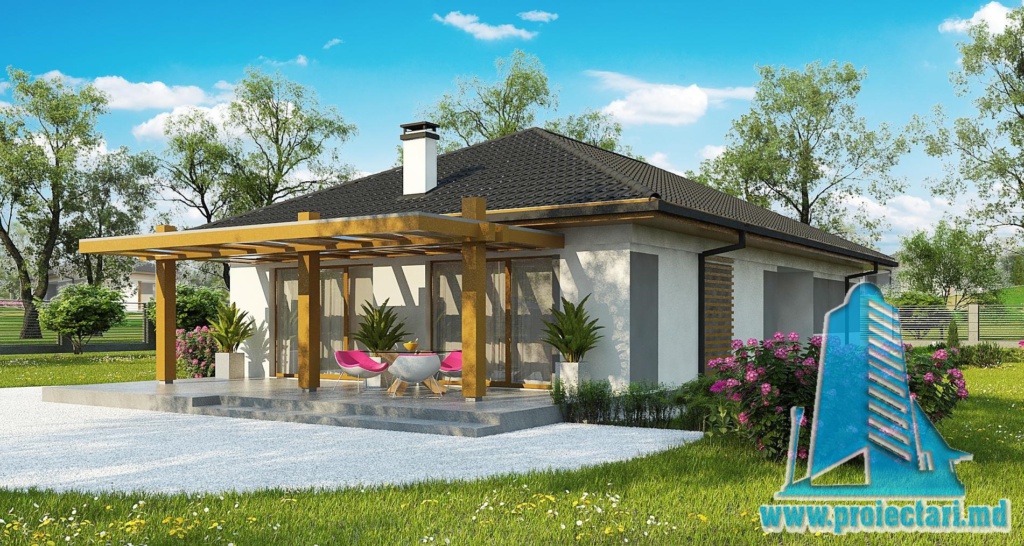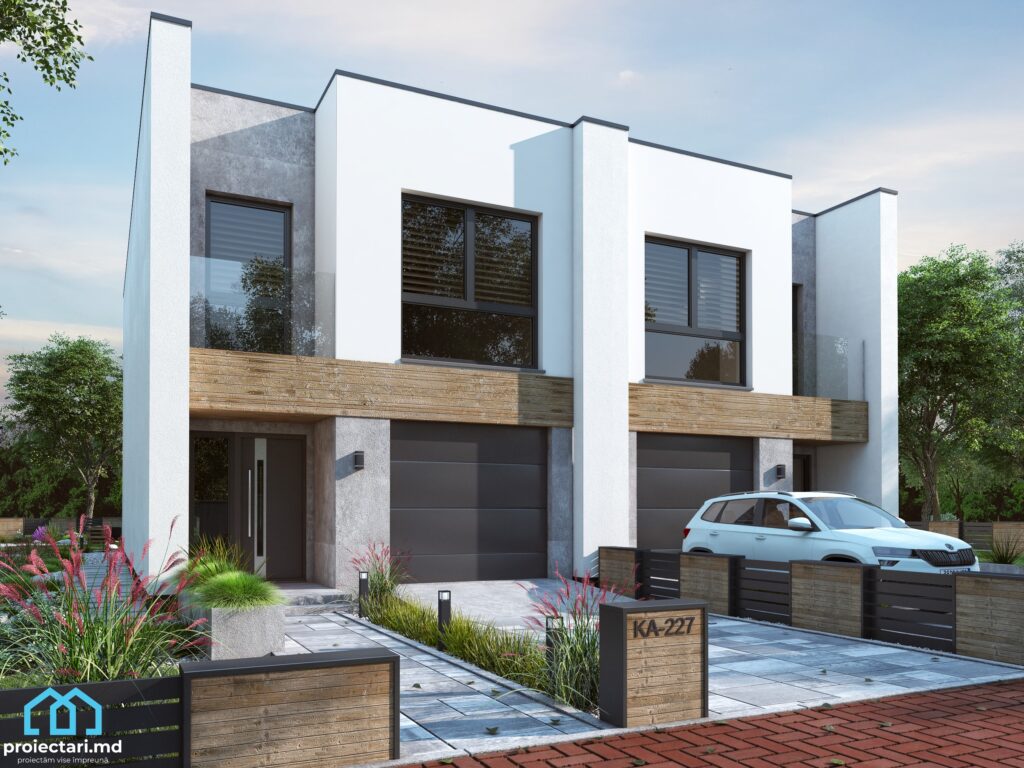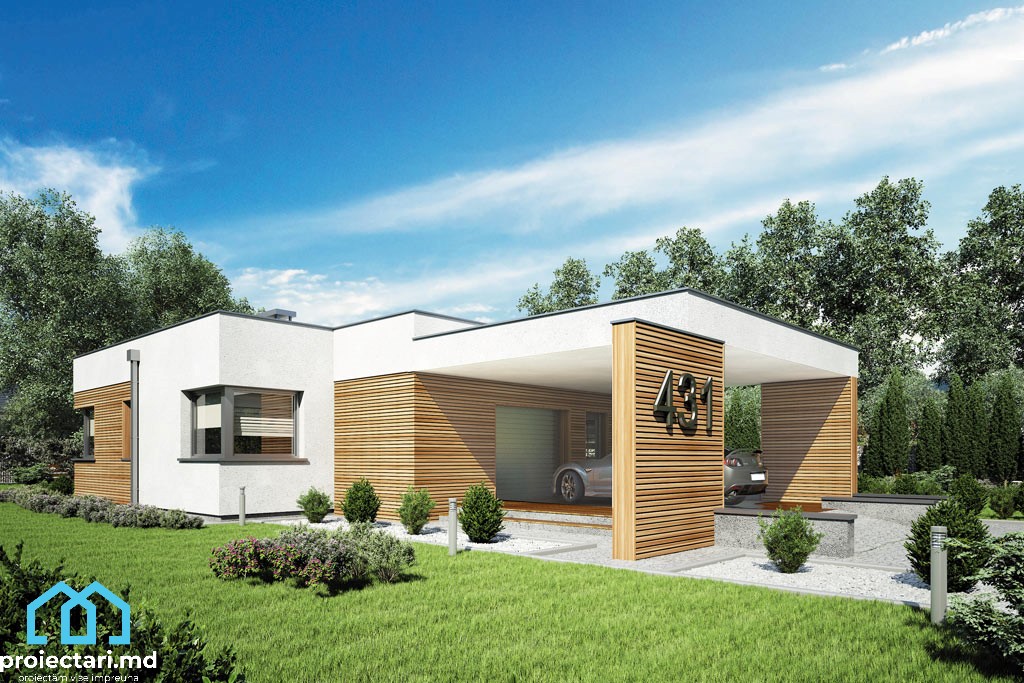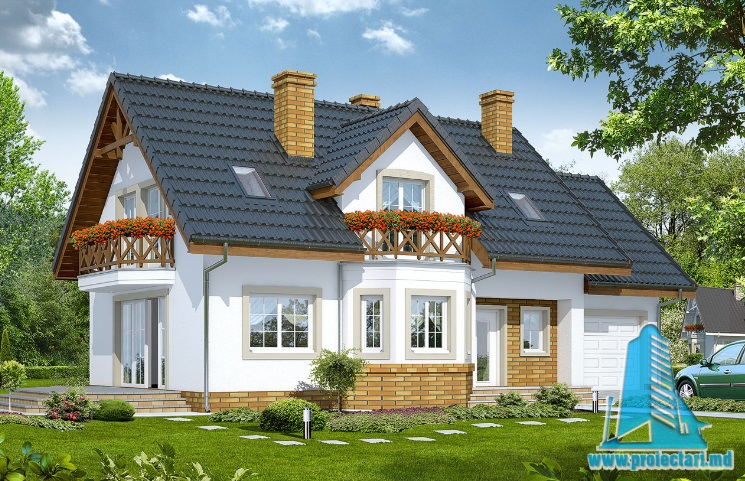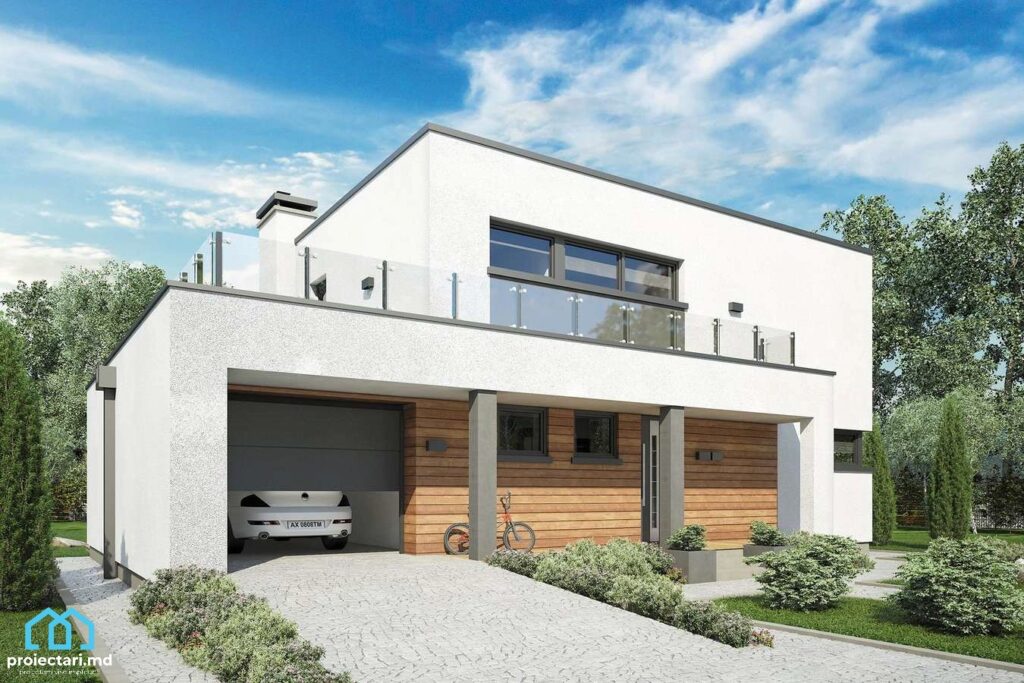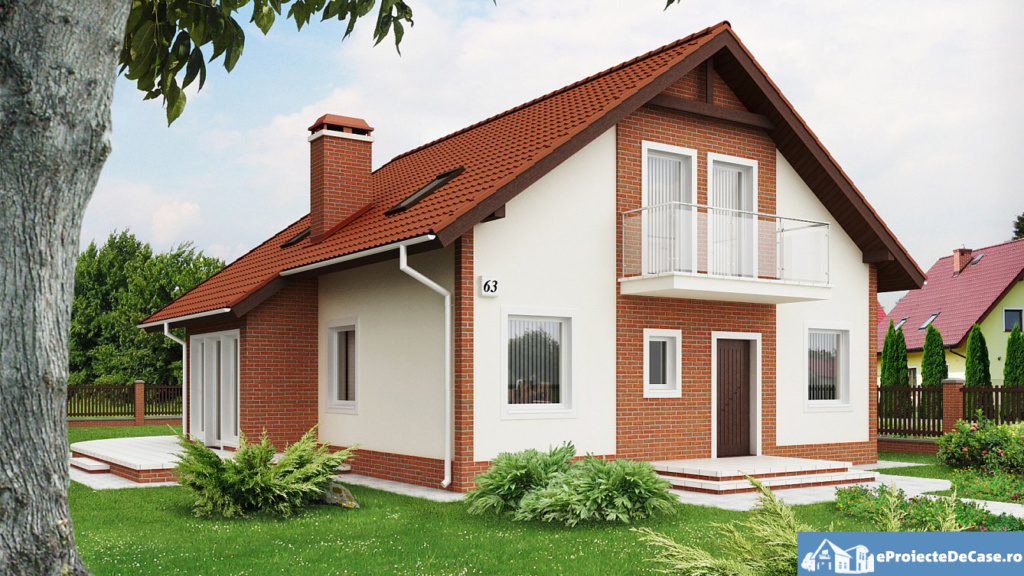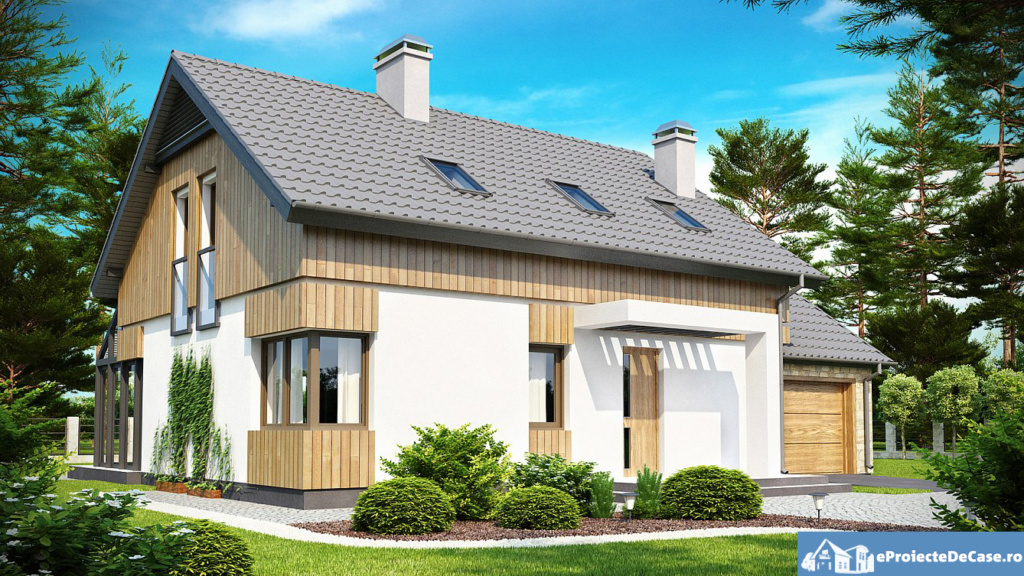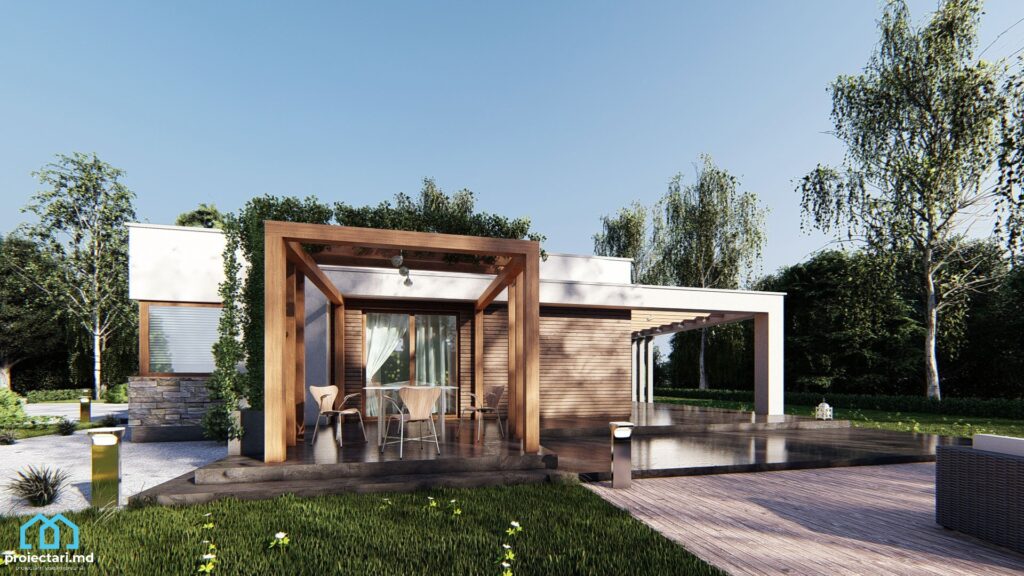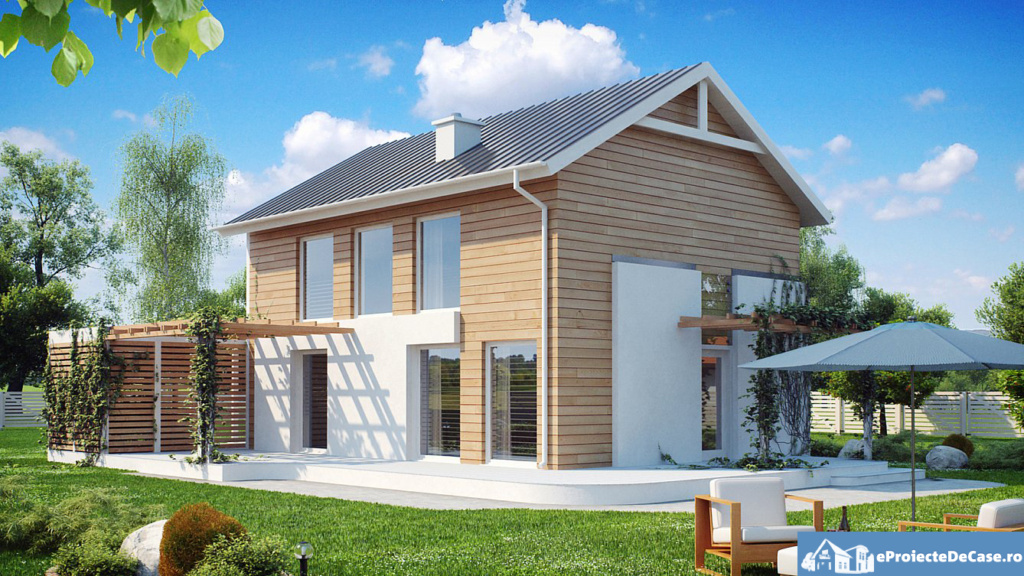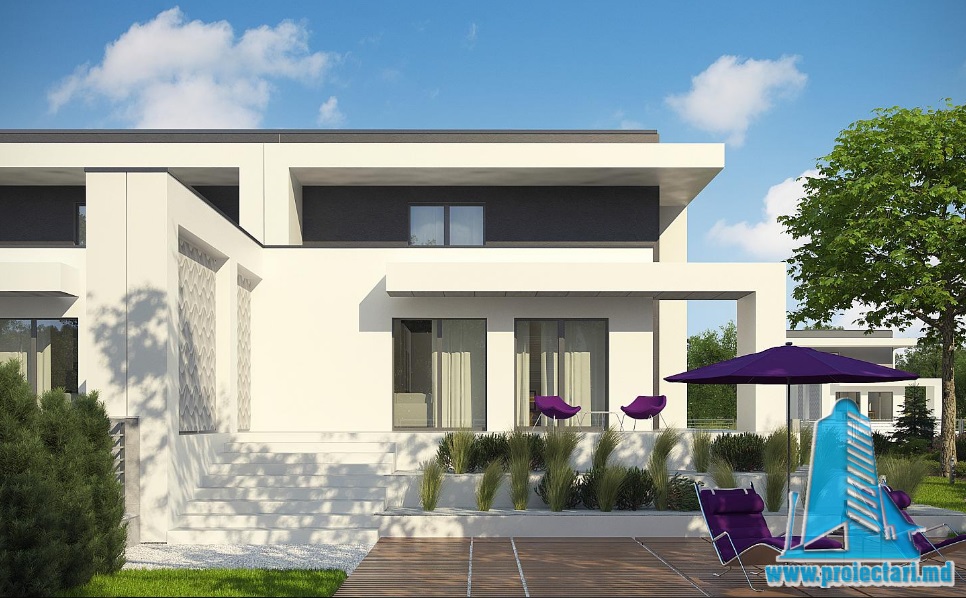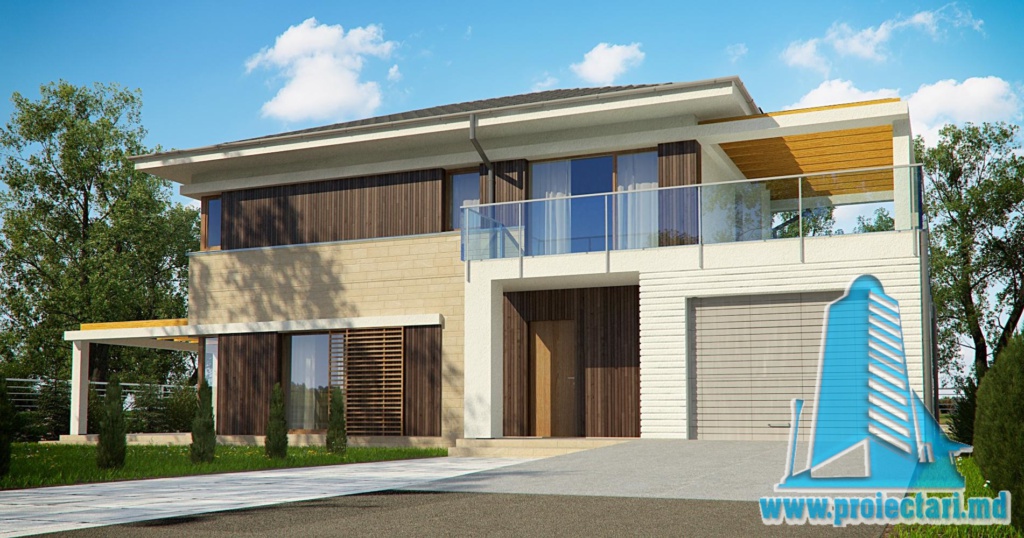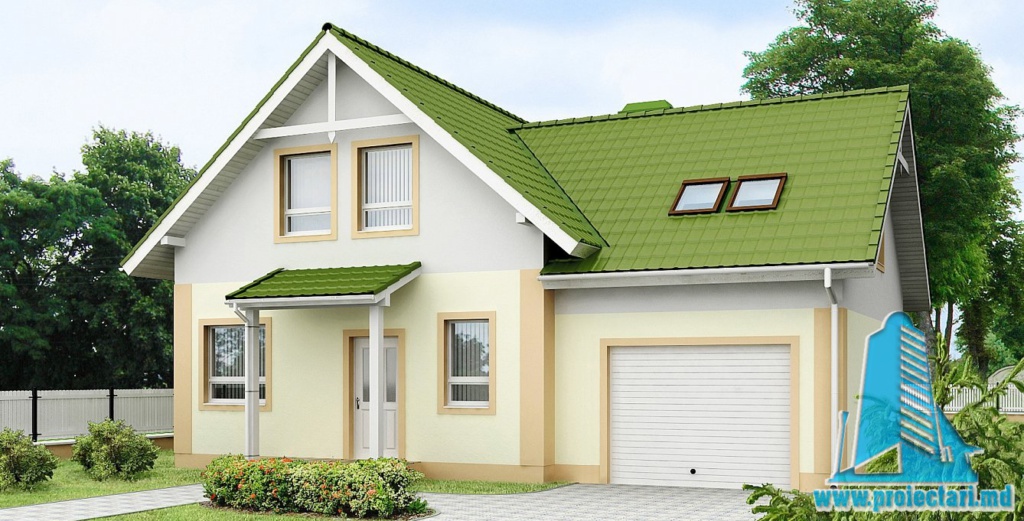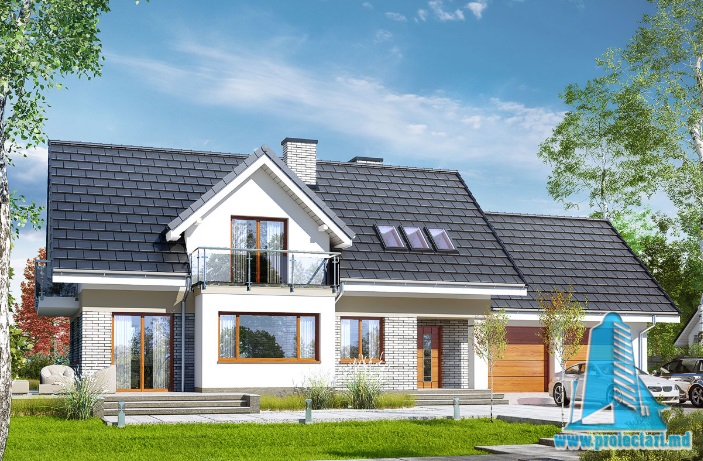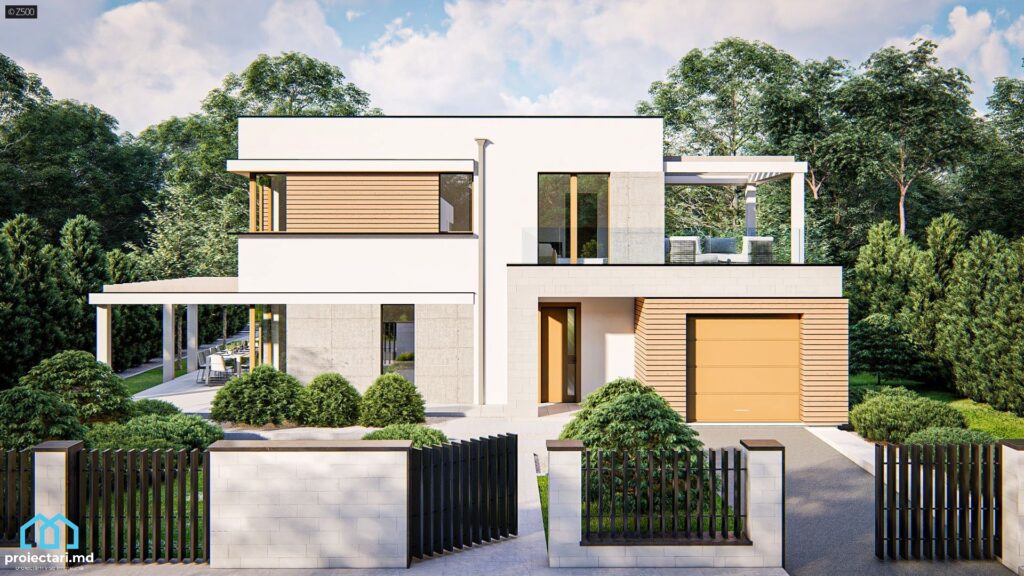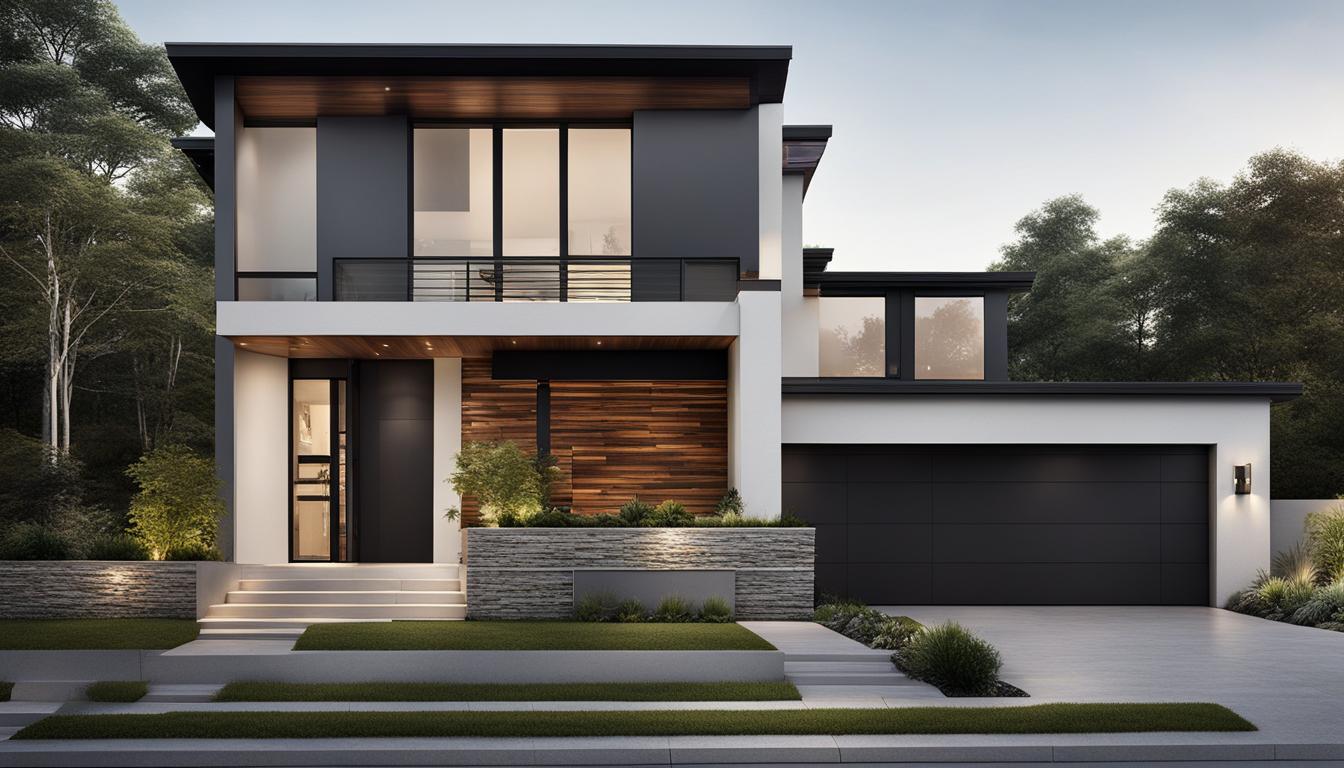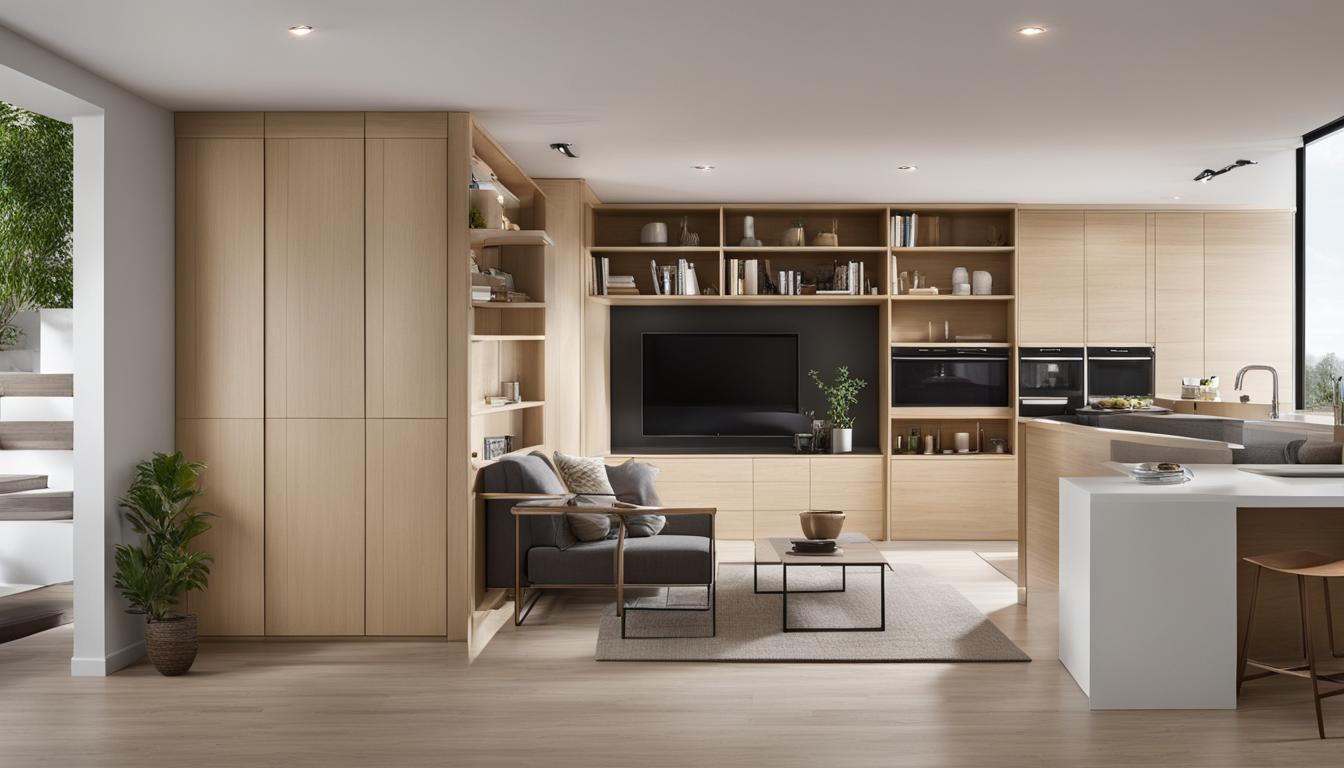This is the perfect article for those who are interested in thatched roofs for houses. We will explore the origin and benefits of this type of roof, how it is constructed and maintained, and its environmental impact. You will learn why thatched roof can be an excellent option for your home, both aesthetically and functionally. We will feature case studies and the experiences of thatched roof homeowners, as well as interviews with experts in the field. You will also find information about reed roof prices and how to order a traditional house project from Proiectari.md . So, get ready to discover the beauty and durability of a reed house roof and the smell of home it brings to your home.
Key points:
- The thatched roof provides natural and effective thermal insulation for your home.
- The use of reed roofs contributes to sustainability and reducing the ecological impact.
- The preparation and construction of a thatched roof requires attention and following certain essential steps.
- A thatched roof can represent a long-term investment , thanks to its durability and low maintenance costs.
- Thatched roof can be designed in different styles and can add beauty and uniqueness to your home.
Reed house roof – Tradition and innovation
Thatched roof has a long history and people have been using thatched roof as a roofing material for centuries. This type of roof was very popular in the past and was used in many traditional cultures. The origin of thatched roofs can be found in the need to provide protection from the elements.
The return to traditional roofs in modern architecture has brought a combination of tradition and innovation. Reed is used to provide a unique look and durability in contemporary constructions. Today, architects are combining the aesthetic and functional values of thatched roofs, bringing a touch of authenticity and traditional roots to modern architecture .
The benefits of a thatched roof for your home

There are numerous benefits of using a thatched roof for your home. We will explore how reed provides natural and effective thermal insulation , keeping the house warm in the cold season and cool in the warm season. We also discuss the sustainability of thatched roofs and their low environmental impact. You will understand why reed roofing can be an eco-friendly choice and how it contributes to the preservation of local habitat and biodiversity.
Natural and effective thermal insulation
One of the main advantages of a reed roof is the natural thermal insulation it provides. Reed has excellent insulating properties, which means it can keep the house warm in the cold season and prevent heat transfer indoors in the summer. Thus, you will save energy and reduce the costs of heating and cooling your home. The reed roof will protect you from extreme temperatures and provide you with a comfortable home environment throughout the year.
Sustainability and reduced ecological impact
Thatched roofs are extremely sustainable and have a low environmental impact . Reed is a renewable natural material that does not involve the clearing of trees or the use of other finite resources. By using thatch for the roof of your house, you are helping to preserve the local habitat and protect biodiversity. Reed also has a long lifespan, so it won’t need to be replaced as often, which further reduces the impact on the environment.
| Benefits of a thatched roof for your home | BENEFITS |
|---|---|
| Natural and effective thermal insulation | Keeps the house warm in the cold season and cool in the hot season, saving energy and reducing heating and cooling costs |
| Sustainability and reduced ecological impact | It uses a renewable natural material, contributing to the conservation of the local habitat and protecting biodiversity |
Thatched roof is not only a practical and durable option, but also offers a pleasing aesthetic, bringing a traditional and authentic charm to your home. With all these benefits, it’s no wonder that thatched roofs are becoming increasingly popular with homeowners.
How to build a thatched roof for the house
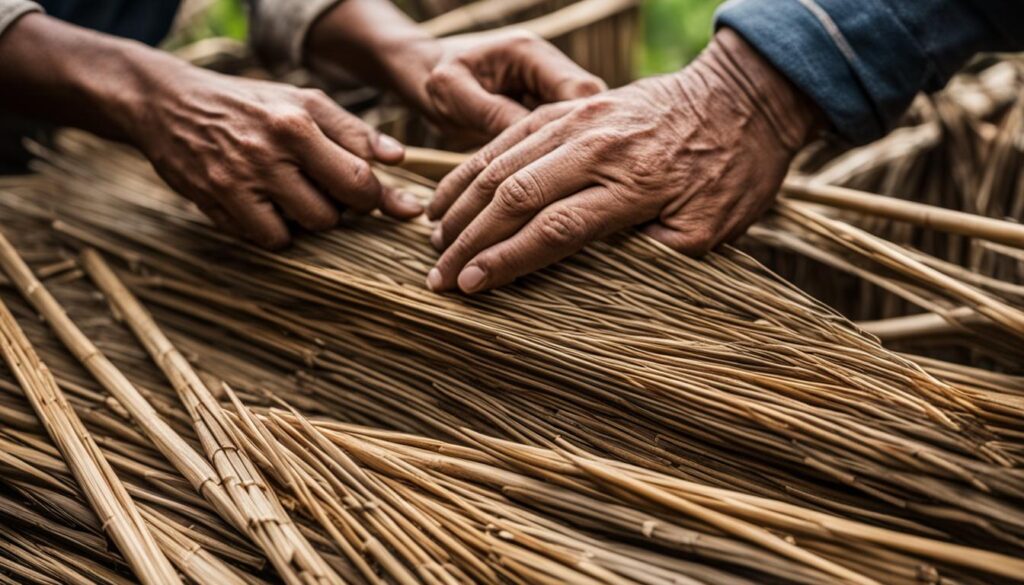
The process of building a thatched roof for the house involves several specific steps and techniques in order to achieve a quality end result. To help you understand this process in detail, we will present each aspect of building a thatched roof for the house.
- Base preparation
- Mounting the supporting structure
- Installation of the protective layer against moisture
- Fixing thatch to the roof
Before starting construction work, it is important to prepare the base of the roof. This involves checking the strength structure of the house and ensuring that it is in good condition to support the weight of the thatched roof.
After preparing the base, the roof support structure is installed. It can be made of wood or other durable materials that provide stability and weather resistance.
Another important step is to install a moisture barrier, which prevents water from seeping inside the house through the roof. This layer can consist of specific material that prevents the penetration of moisture, thus providing additional protection for the home.
The last stage of the construction of the thatched roof is fixing the reeds to the surface of the roof. The reeds are arranged in layers and fixed with fasteners so that they withstand the weather and provide good thermal insulation.
By following these essential steps and specific techniques, a thatched roof can be successfully constructed, providing both weather protection and an aesthetically pleasing appearance.
Thatched roof for the house – cheap or long-term investment?
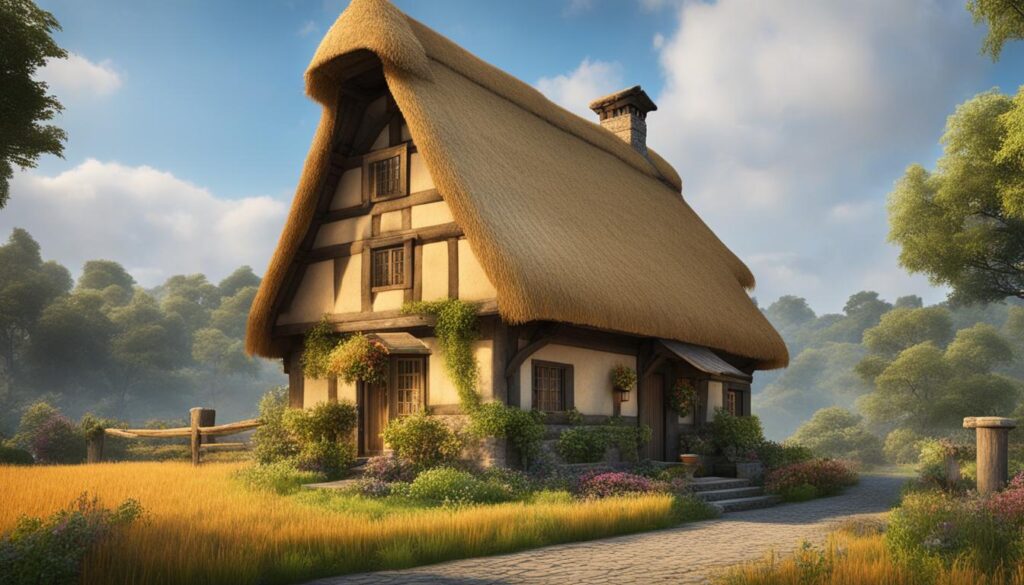
When it comes to choosing a roof for your home, it’s important to consider both upfront and long-term costs. Thatched roof is a popular and interesting option, but how does it compare financially? Is it a cheap choice or a long-term investment ? We will look in detail at the initial costs of a thatched roof and compare them with other roofing options.
Thatched house roof. Analysis of initial costs.
To get a thatched roof for your home, you need to consider not only the price of the material itself, but also the costs associated with its construction. The installation process can require specialized craftsmen and can be difficult and laborious. You also need to consider other elements required for assembly, such as the supporting structure and other auxiliary materials. All of these will contribute to higher initial costs than with other types of roofing.
Calculation of long-term costs and savings generated.
However, thatched roof can be a long-term investment , bringing substantial long-term savings. Thanks to the thermal insulation and high energy efficiency, you will save energy and benefit from lower heating and cooling bills during the entire life of the roof. Thatched roofs also require less maintenance and repairs than other types of roofs, which can also lead to significant savings in the long run.
The decision to go for a thatched roof depends on your needs and priorities. If you are willing to invest more initially for long-term benefits, thatched roof may be a suitable choice. It is important to analyze both the initial costs and the long-term savings and consider all financial aspects before making a final decision.
Reed roof installation – essential steps and recommendations

To benefit from all the advantages of a reed roof, its installation must be done properly. Here you will find information on the essential steps for installing thatched roof and practical recommendations to achieve quality results.
Preliminary preparations are fundamental in the process of installing thatched roof. Make sure your home’s structure is ready for the reed installation. Check that the foundation and the supporting structure are stable and meet the requirements for this type of roof.
The following are the stages of fixing the reeds to the structure of the house. Make sure each reed stalk is correctly placed and securely fastened. You will need the right materials and tools for an efficient installation.
It is important to achieve a durable and weatherproof end result. Make sure that the thatched roof is carefully secured to prevent it from coming off or further damage. Follow the mounting instructions and use proper techniques to achieve a secure fit.
During assembly, make sure you are working safely. Use protective equipment and familiarize yourself with the necessary precautions. Pay attention to details and do not hesitate to consult a specialist if you encounter challenges or are unclear during the assembly process.
Correct and careful installation will ensure the durability and functionality of the thatched roof for your home. Now that you’ve learned the essential steps and received practical advice, you have all the information you need to successfully install thatched roofs.
The design palette for houses with thatched roofs

Thatched roof houses can be designed in a variety of styles and designs. The rustic style is extremely popular in the modern design of thatched roof houses. This style brings a special simplicity and warmth, combining traditional and natural elements. With a thatched roof, you can create an authentic and welcoming atmosphere for your home.
One way to add a contemporary element to thatched roof house design is to combine traditional materials with contemporary architectural elements . For example, you can opt for large and bright windows that provide natural lighting and create a connection between the inside and the outside. You can also add modern designed balconies or terraces to complement the rustic look of the thatched roof.
To inspire you in choosing the design for the house with thatched roof, we present you a reference image:
Thatched roof maintenance for increased longevity

To ensure the longevity of your thatched roof, proper maintenance is essential. With a few preventative measures and a regular cleaning schedule, you’ll be able to keep your thatched roof in optimal and functional condition.
Thatched house roof. Methods of preventing deterioration and decomposition
To prevent damage and decomposition of thatch on the roof, here are some effective methods:
- Periodically inspect the roof for any damage or degraded areas. React promptly to any signs of deterioration.
- Keep the roof clean and free of debris so that water can drain freely from its surface. Remove leaves, twigs or other material that has accumulated.
- Check the water drain system and make sure it is working. Clean gutters and downspouts to avoid blockages.
- Apply a special thatch protection treatment to prevent mold, fungus and other organisms that could damage the roof.
Annual maintenance and cleaning schedule
To keep your thatched roof in good condition over the long term, it is recommended that you follow an annual maintenance and cleaning schedule. This could include:
- Cleaning the roof of debris and dirt accumulated during the year.
- Careful inspection of all areas of the roof to identify possible damage and repair it in time.
- Applying a new layer of reed protection treatment if necessary.
- Checking the drain system and repairing any faults.
For the proper maintenance and cleaning of your thatched roof, it is recommended that you always consult a thatched roofing specialist who can provide advice and instructions suitable for the specifics of your roof. Therefore, make sure you call on qualified professionals to assist you in properly maintaining your thatched roof and maximizing its longevity.
Thatched roof price – factors that influence costs

We will discuss the factors that influence the price of a thatched roof. You will learn about material and labor costs, as well as other aspects that can affect the final price of thatched roof. You will understand why it is important to get personalized quotes and always do a detailed cost analysis before choosing a thatched roof.
To determine the cost of a thatched roof, it is necessary to consider several factors. These factors include:
- Materials: The quality and origin of the materials used to make the roof can significantly influence the final price. For example, natural reed may cost more than other alternative materials, but in return it offers an authentic look and superior durability.
- Labor: The costs associated with the labor of assembling and installing thatched roof can vary depending on the complexity of the project and the experience of the craftsmen involved in the work.
- Size of the roof: The total area of the roof affects the costs, as it requires more materials and more time to install it.
- Accessibility: Difficulty in accessing the home location may cause variations in transportation and logistics costs.
- Custom design: If you want a custom or extra special design for your thatched roof, this may incur additional costs for design and manufacture.
It is important to request customized quotes from different providers and compare costs. Also, be sure to check in detail what is included in the quoted cost (materials, labor, etc.) to avoid any ambiguity or hidden costs.
Eco-friendly roofing: Why is reed a top option?

Thatched roof is recognized as an eco-friendly option for homeowners and the environment. The use of reeds in the construction of roofs has many ecological advantages and contributes to the protection of the environment.
Thatched house roof. The ecological advantages of reeds
One of the main ecological advantages of thatched roofs is the use of a renewable natural resource. Reed is a plant that grows in moist habitats and is sustainably harvested without adversely affecting the wild reed population.
Over the useful life of the thatched roof, it can absorb and retain a significant amount of CO2 from the atmosphere. Thus, it contributes to reducing greenhouse gas emissions and combating climate change.
In addition, the roof of the reed house provides effective thermal insulation, which helps to reduce the energy consumption required for heating and cooling the house. By maintaining the indoor temperature, the owners can reduce the dependence on the air conditioning systems and, by implication, the consumption of electricity or fossil fuels.
Contribution to local habitat and biodiversity
The use of reeds in the construction of roofs also contributes to the conservation of local habitats and the support of biodiversity. By choosing a reed roof, homeowners provide a favorable environment for many species of plants and animals that live in humid ecosystems.
Reeds provide a stable and permeable surface that can be colonized by grasses, flowers and other plants, thus providing food and shelter for insects, birds and other wildlife. This helps to maintain biodiversity and support the local ecosystem.
In conclusion , the use of reeds in the construction of roofs brings numerous ecological advantages. This eco-friendly option not only provides efficient thermal insulation and reduced energy consumption, but also contributes to the preservation of local habitats and the protection of biodiversity.
Sustainable roofing – myth or reality for thatched roofs?
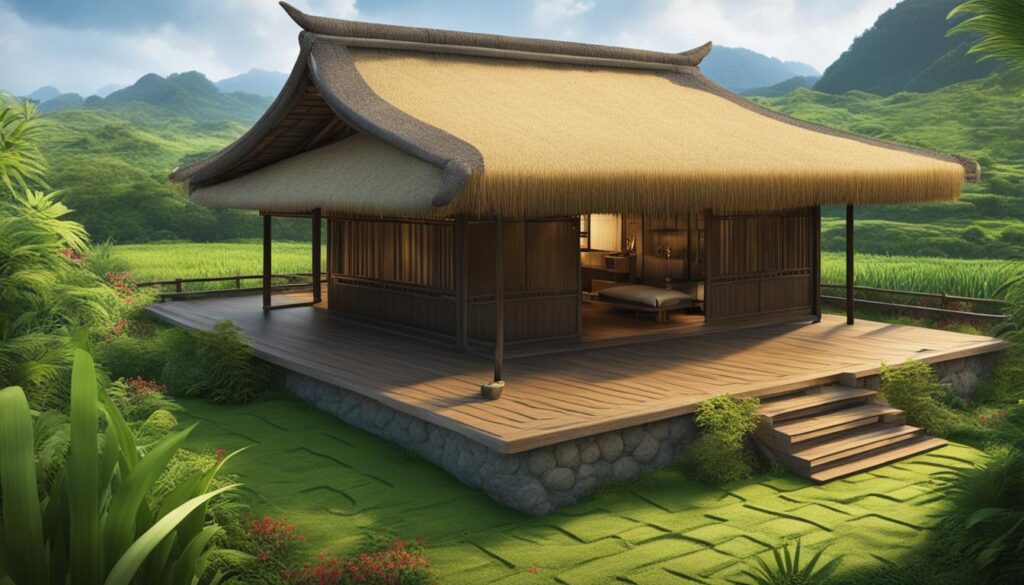
We will investigate whether thatched roofs are really durable and resistant over time. There is much speculation about the longevity of this type of roof and we will try to expose the truth. Case studies and concrete examples will help us evaluate the performance of thatched roofs in different climates and environments. We will explore how these roofs have performed over the years and what results homeowners have achieved with such roofs.
Thatched house roof. Case studies and examples of longevity
We will look at several case studies that demonstrate the longevity and strength of thatched roofs. These studies are based on information obtained from homeowners, experts and professionals in the field of thatched roof builders. We will examine the performance of thatched roofs in different climates and conditions to provide a complete picture of their durability.
We will also present concrete examples of reed roofs that have successfully stood the test of time. We’ll look at how these homes have managed to withstand both weather and damage over the years. These examples will highlight the positive qualities of thatched roofs and provide practical information and inspiration for those interested in building or rehabilitating their roofs with sustainable materials.
Experiences of home owners with thatched roofs
To complete the picture of the longevity of thatched roofs, we will also explore the experiences of home owners with such roofs. We will analyze the feedback given by these owners regarding the performance and durability of their roofs. We will consider aspects such as resistance to extreme weather conditions, required maintenance and long-term costs.
We will investigate the advantages and possible disadvantages of using thatched roofs through the stories and real experiences of homeowners. This information will provide valuable insight into the qualities and limitations of this type of roof and will be useful for people interested in considering thatch roofs for their own home.
What the experts say: Interviews with architects and builders
We conducted interviews with architects and builders specializing in thatched roofs to get their expert opinion in the field. These professionals are experienced in working with thatched roofs and are well informed about the benefits and limitations of this type of roof. From the interviews, we obtained useful tips and recommendations for the construction and maintenance of quality thatched roofs.
Architects and builders interviewed highlighted the multiple advantages of reed roofs, including:
- Effective and natural thermal insulation capacity, maintaining the optimal temperature inside the home.
- The durability and resistance of this type of roof to weather and degradation factors.
- The special and unique aesthetics it gives to the roofs, contributing to an original design of the house.
- The low ecological impact and sustainability of the thatched roof, being an environmentally friendly option.
The experts interviewed also provided practical advice for quality thatched roof construction and maintenance. These include:
- Selection of quality and durable materials for the construction of the roof.
- Ensuring proper assembly, respecting specific techniques and standards.
- Carrying out a regular maintenance and cleaning schedule to prevent damage and keep the roof in good condition.
- Working with thatched roof professionals to benefit from their expertise and knowledge.
Interviews with architects and builders are a valuable source of information and advice for those interested in thatched roofs. These interviews provide the perspective and knowledge of specialists working in the field who are familiar with all aspects involved in the construction and maintenance of thatched roofs.
To read the full interviews and learn more about the experience and insight of the experts interviewed, we invite you to check out our full article on thatched roofs.
Thatched house roof. Conclusion
In conclusion , thatched roofs for the house are an excellent option for those who want to combine traditional aesthetics with functionality and durability. This type of roof not only provides effective thermal insulation, keeping the house warm in winter and cool in summer, but also has a low ecological impact , helping to preserve the local habitat and protect biodiversity.
Building and maintaining thatched roofs requires attention and care, but the long-term investment is worth the effort. These roofs have proven to stand the test of time and blend harmoniously into various architectural design styles, from rustic to modern.
Therefore, if you are looking for an eco-friendly, aesthetic and sustainable option for the roof of your house, thatched roof can be the right choice. You will enjoy the beauty and the smell of home that this type of roof brings to your home.
Order a project for a traditional house, cottage or vacation home from Proiectari.md
If you are interested in a project for a traditional house , cottage or rest house with a reed roof, you can order from Proiectari.md . This company specialized in the design and creation of houses offers personalized services and superior quality. You will learn about the available options and how you can order such a project to build your dream home.
Proiectari.md offers you a rich portfolio of projects for traditional houses, cottages and holiday homes, all with reed roofs. Whether you want a house with an authentic rustic style or a modern design with traditional influences, the team of specialists at Proiectari.md can offer you inspired and unique solutions for your project.
You benefit from the experience and knowledge of Proiectari.md professionals in the field of architecture and construction. Each project is created with attention to detail, so as to offer you a comfortable, durable and aesthetic home. The team of specialists works closely with you to understand and satisfy all your requirements and wishes.
Order now a project for a traditional house, cottage or rest house with a reed roof from Proiectari.md and enjoy the expertise, quality and beauty that this type of roof brings to your home.
FAQ
What is the origin of thatched roofs?
Thatched roofs have a long history and have been used for centuries in many traditional cultures.
Why are reed roofs used in modern architecture?
There is a return to traditional roofs in modern architecture due to the unique look and durability that the ‘.$bold(thatched roof).’
What benefits does a thatched roof provide for your home?
‘.$bold(thatched roof).’ it provides natural and effective thermal insulation, keeping the house warm in the cold season and cool in the warm season. It is also sustainable and has a low environmental impact.
How to build a thatched roof for the house?
The thatched roof is built step by step, from the preparation of the base to the assembly and fixing of the reeds to the structure of the house.
Is reed roofing an inexpensive option for your home or a long-term investment?
The initial costs of a thatched roof can vary, but in the long run it can bring savings and reduce maintenance costs.
What are the essential steps for installing a thatched roof?
Preliminary preparation, fixing the thatch to the structure of the house and ensuring a secure and durable fastening are the essential steps for the correct installation of the thatched roof.
How to combine rustic style with contemporary architectural elements in thatched roof houses?
Traditional materials can be combined with contemporary architectural elements to create unique and aesthetic thatched houses.
How to maintain a thatched roof for increased longevity?
Thatched roofs require methods of preventing damage and decay, as well as an annual maintenance and cleaning schedule.
What are the factors that influence the price of a thatched roof?
Material and labor costs, as well as other aspects, can influence the final price of thatched roof.
Why is reed an eco-friendly option for roofing?
Reed contributes to local habitat and biodiversity and has a low environmental impact compared to other roofing materials.
Are thatched roofs really durable and long-lasting?
Case studies and examples of longevity show that thatched roofs can be durable and resilient in different climates.
What do the experts say about thatched roofs?
Interviews with architects and builders specializing in thatched roofs provide insight from experienced specialists in the field.




